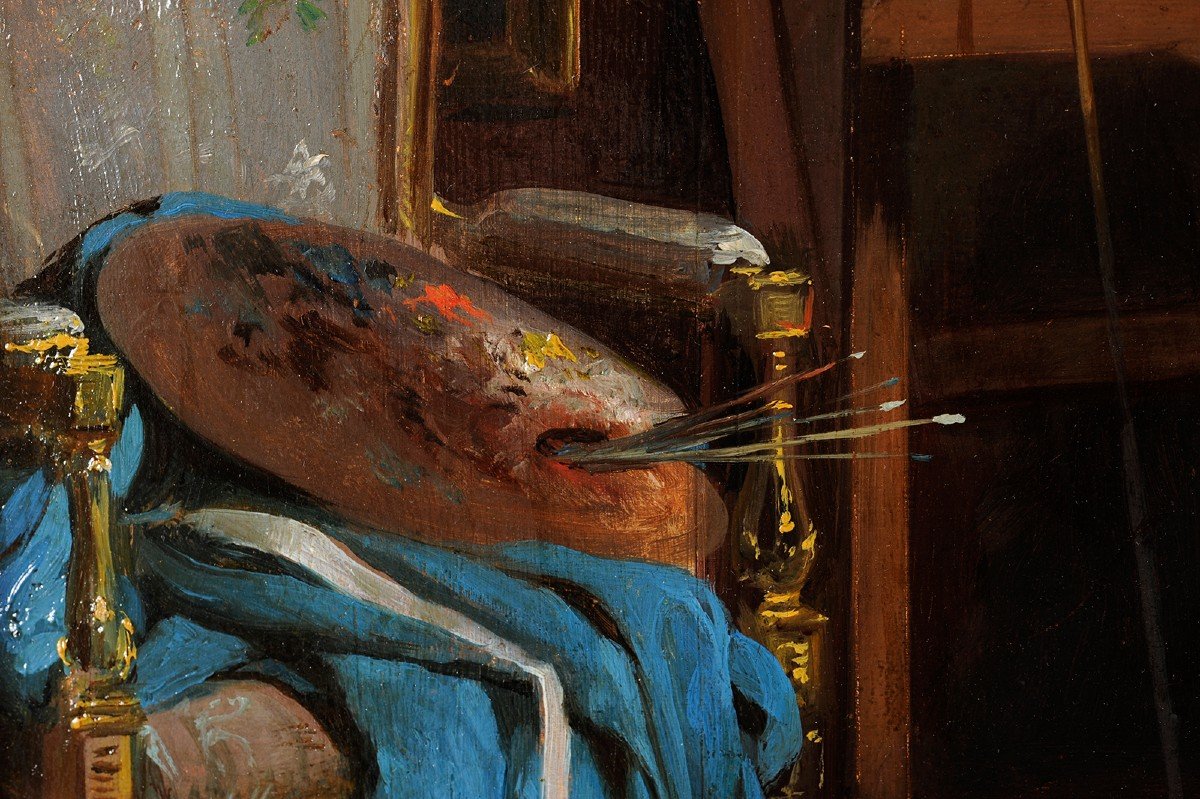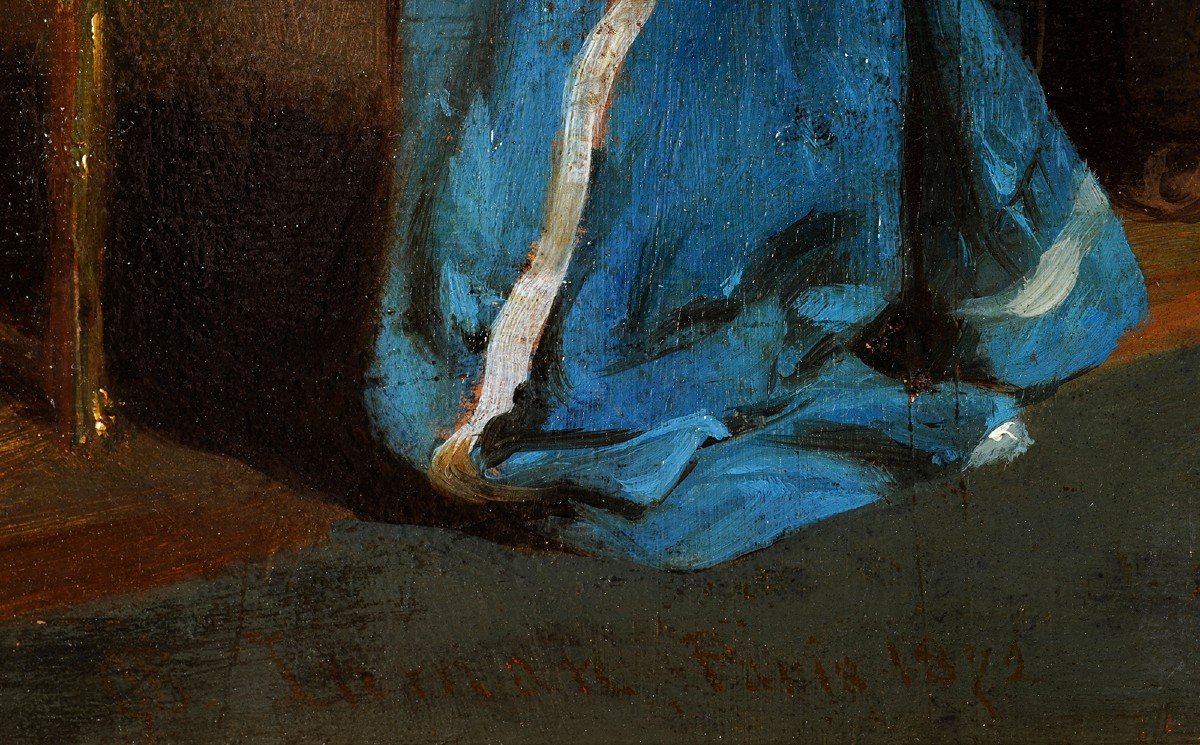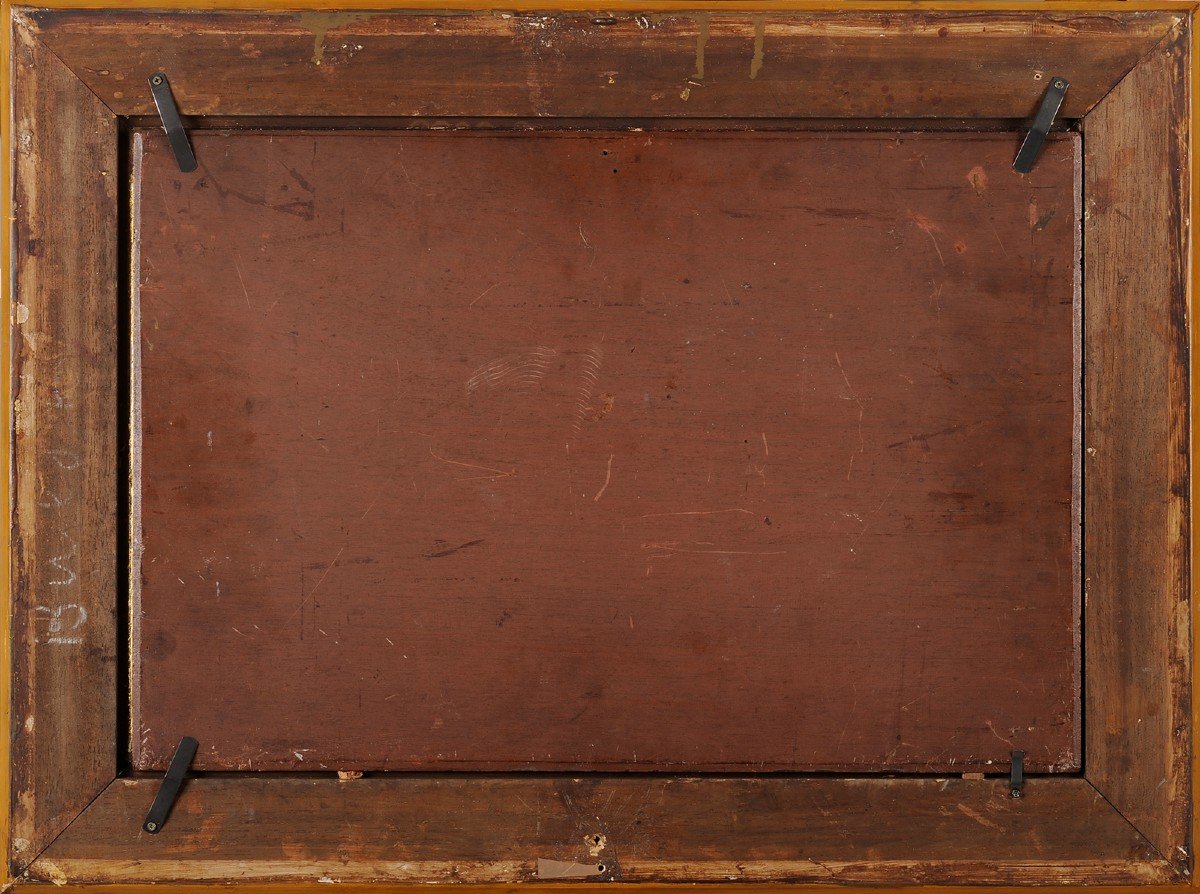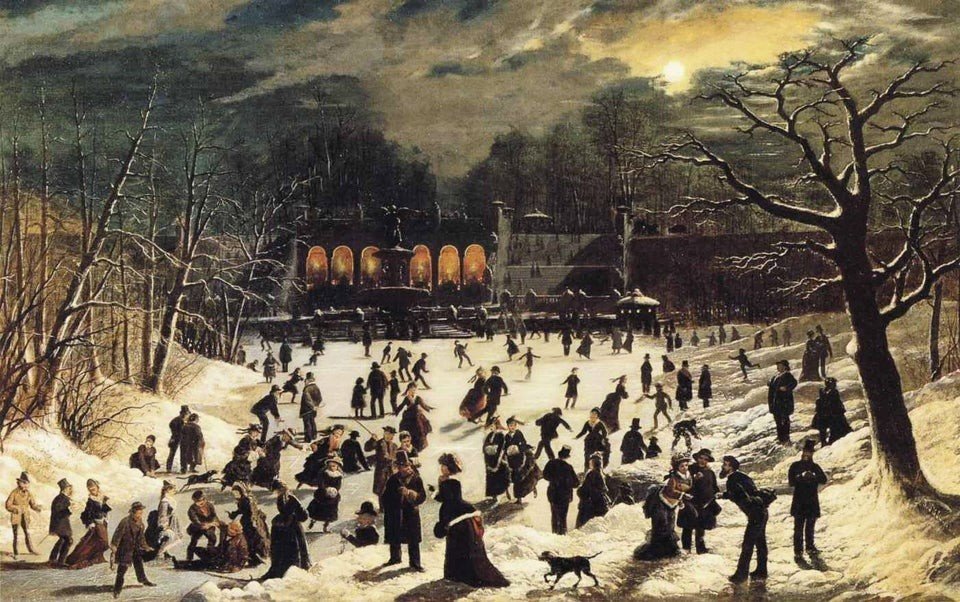"John O'brien Inman (1828-1896) The Artist's Studio In Paris"
John O'Brien INMAN(New York 1828 - Fordham 1896)
The artist's studio in Paris
Oil on panel
H. 38 cm; W. 55 cm
Signed, located and dated lower left 1872
John O'Brien Inman is one of those American artists who, in the last third of the 19th century, spent a good part of their career in Europe.
He was the son of Henry Inman (1801-1846), one of New York's most famous portrait painters in the 1820s / 1840s. Formed by his father, who seems to have been his sole teacher, John added to the paternal surname (probably to distinguish himself from it) the name of his mother, Jane Riker O'Brien (1796-1876). However, his status as a "son of" will not prevent him from pursuing a successful career. Identified in New York in 1848 as a painter of portraits and miniatures, strong local competition forced him to seek clients further west and in the southern United States: we find his trace in Athens, Georgia. , or in Savannah, where he did not hesitate to advertise to make himself known. This traveling career also took him to the Adirondacks, northeast of New York, where he painted some landscapes. After a first exhibition in 1853 at the National Academy of Design, he settled in New York in 186 1: he exhibited there at the Brooklyn Artists Association, and therefore seemed to specialize in still lifes, with some success apparently. he, since a newspaper reports in November 1862 that "his paintings of fruits and flowers are sold before having left the easel". He nevertheless still produced some portraits or genre scenes, almost exclusively in small formats, and ended up becoming a member of the National Academy of Design in 1865. His studio was then located at 650 Broadway.
In 1866, Inman left for Europe, where he stayed for 12 years and achieved notable success. He divides his time there between London, and especially Rome and Paris, where he has two workshops. Our painting represents this Parisian workshop in 1872, as does a gouache (26x21 cm) kept at the Brooklyn Museum, dated the same year: in both works we find several accessories, notably the porcelain vase with double belly, an identical easel ( the one on the left in gouache), the Roman helmet and the skirt, the small Syrian piece of furniture, the piece of blue fabric trimmed in white; on the other hand, the paintings hanging there are different. The degree of finish and precision of our painting, much higher than in New York gouache, its vivid and vibrant colors, its respectable dimensions, as well as its very personal side, make it one of the major and most desirable works in the world. within the artist's known corpus. It also tells us about the very varied nature of the subjects treated by Inman: genre scenes à la Camille Roqueplan, landscape studies, urban views, historical genre paintings. It is also a precious iconographic testimony of these artists' studios in Paris in the first years of the Third Republic, resembling real cabinets of curiosity, before photography gives us many examples of them fifteen years more late. The Oxford Dictionary of American Art and Artists tells us that the artist made very detailed "historical costumes" at this time. From this European episode, Inman also leaves us some landscapes, for example a view of Perugia in 1869, interiors of the Basilica of Saint Francis in Assisi, a view of Lake Lucerne in Switzerland.
Upon his return to the United States in 1878, Inman produced his most famous painting, a rather exceptional large format (0.75 x 1.25 m) for him, a scene of moonlit ice skating in Central Park in New York. He will then return for some time to England, before returning to settle on the banks of the Hudson River, then to die in great poverty in a sort of hospice.
Museums: National Gallery of Art of Washington, Smithsonian Museum of Washington, Metropolitan Museum, Museum of the city of New-York, Princeton University Art Museum, Brooklyn Museum, University of Indiana (Eskenazi Museum of Art)









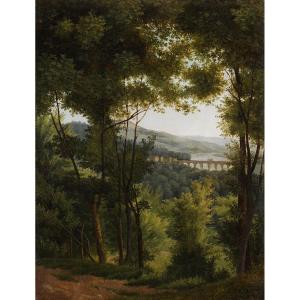
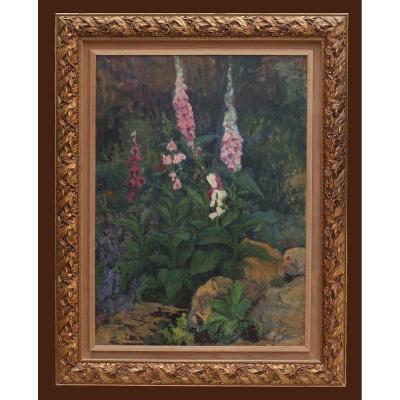
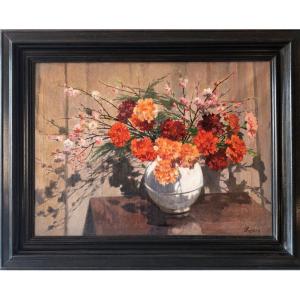

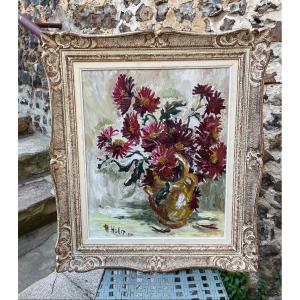
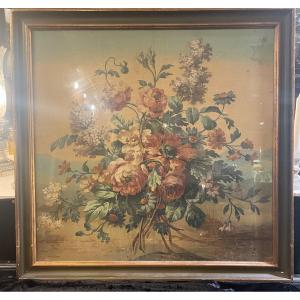
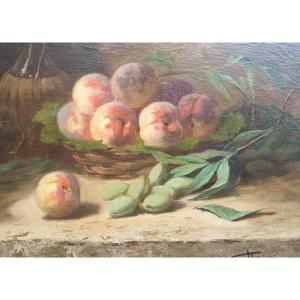




 Le Magazine
Le Magazine Rivista Artiquariato
Rivista Artiquariato TRÉSORS magazine
TRÉSORS magazine




